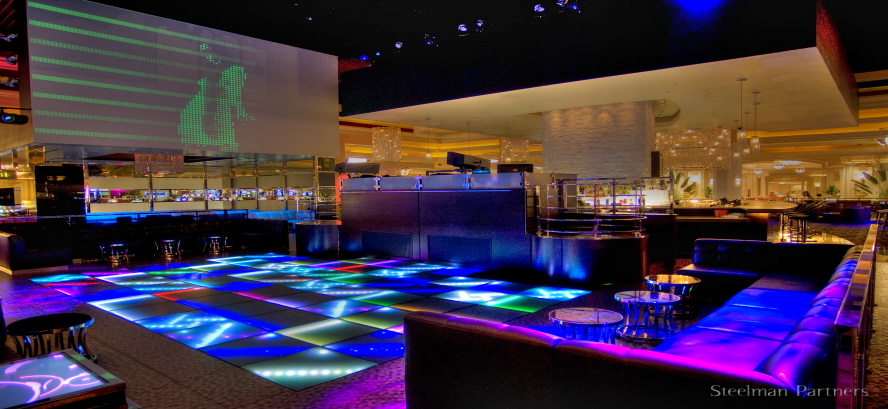

Eye candy sf skin#
The Sugars are very difficult to use as liners and are actually intended to transform the eyelid or desired area of skin into a glitter. This type of glitter is a translucent, iridescent plastic grain which offers a hint of color. However, the sugars are not solid colors. Our final glitter selection is our Sugars. It shines and sparkles and offers all the ‘bling’ you need! This is a great cut for a bright, bold and fun look. This size glitter picks up the most light, and, therefore, is definitely the most flashy and exciting to wear! This size tends to be more popular with the performing crowd. It is a great cut for a day or ‘office’ look and works beautifully as an all over eye shadow and lip shimmer.įine – Our second cut is F. This size of glitter does not offer as much sparkle, so tends to be less dramatic, but is still brilliant and stunning to wear. The grain size of this glitter is our smallest, ranging in size from a.

Superfine – The first, and by far our most popular due to the ease of applying, is our SF. We offer two cuts of glitter in our solid liners. See the video below for a beautiful glitter application demonstration.
Eye candy sf how to#
Whether you prefer neutral or bright and bold, achieve the look you want with any one of our 60 available colors!ĭon't forget to use Eye Kandy Liquid Sugar for the best, one step glitter application! Glitter goes on how you want and comes off when you decide! No glitter fall out!įind easy instructions on how to use these products together here.
Eye candy sf full#
Retrieved 13 August 2018 – via Amazon.CLICK ON IMAGES TO VIEW FULL NUMBERED COLOR CHARTĮye Kandy Glitters are not only the finest quality, but are highly pigmented.

On the Air: The Encyclopedia of Old-Time Radio (Revised ed.).
Eye candy sf series#
Only 14 of the 92 episodes survive, along with the April 1949 audition show, the September 1952 series revival audition show, and an episode written by Jack French for the BearManor book, It's That Time Again! Entitled "The Japanese Sandman", it was turned into a radio theater production by veteran radio theater producer Joe Bevilacqua, who also voiced all the roles including Candy herself, for the Blackstone Audio title The New Stories of Old-Time Radio Volume One. All of them wondering what happened to their heroine." More than 800 calls were received shortly after the program signed off. And at that point the switchboard at Radio City started lighting up like a Christmas tree. A newspaper story related: "It seems that during the closing moments of the last Monday's sequence, Candy is in an aircraft repeating the 'Twenty-third Psalm' as the plane crashes into a lake. The aftermath of a 1950 episode illustrated the program's popularity. The award was presented as part of the broadcast of the episode "Symphony of Death". In 1950, Candy Matson was recognized with the San Francisco Examiner's Favorite Program Award. His mother-in-law convinced him to change the lead to a female, which led to his wife being the star. When Monty Masters created the show, he planned to star in it himself, as a male private detective. It was created by Monty Masters and starred his wife Natalie Parks as Candy Matson. The series concluded with a twist ending when Ray finally proposed to Candy, who accepted and retired from the detective business. In addition to the show being set in San Francisco, it was produced at San Francisco Radio City. Actors frequently heard in minor roles were Helen Kleeb, John Grober, Mary Milford and Hal Burdick. Candy's love interest was police detective Ray Mallard, voiced by Henry Leff. The program was notable for having a striking female character "without a trace of squeamishness" as well as a veiled gay character in Candy's best friend Rembrandt Watson, voiced by Jack Thomas. It centered on Candy Matson, a female private investigator with a wry sense of humor and a penthouse on Telegraph Hill in San Francisco. Candy Matson was a radio program on NBC West Coast that aired from June 29, 1949, to May 20, 1951.


 0 kommentar(er)
0 kommentar(er)
